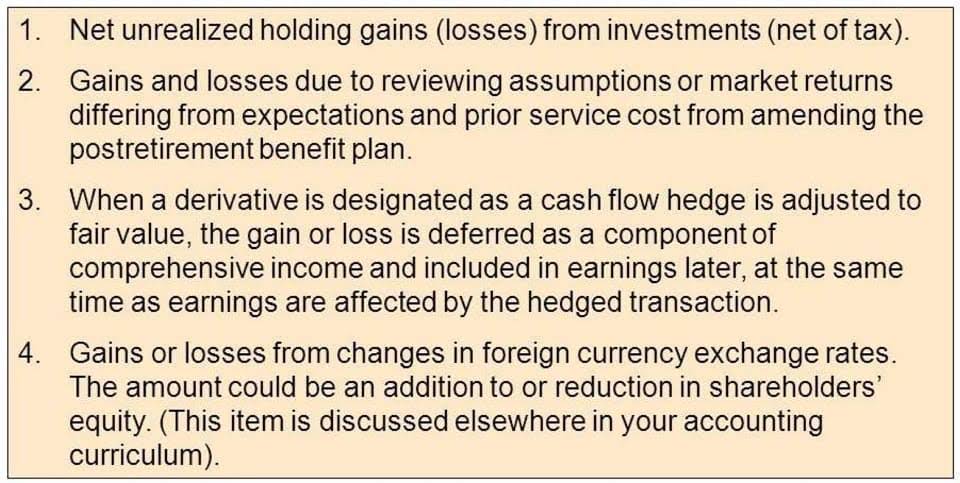Expense Accounts: List and Explanation
An expense is a cost that has expired or been taken up by activities that help generate revenue. To find your company’s operating expenses, review your general ledger, and look for expenses that don’t directly impact the cost of creating your product or service. Because administrative expenses do not directly contribute to sales or production, there is a strong incentive for management to lower a company’s general and administrative expenses. However, since these costs are typically fixed, there is a limited ability to reduce them. In contrast, it is presumed that the money paid to other employees (not factory workers) is called salaries. This logic leads to wages becoming direct expenses, as opposed to salary expenses becoming indirect expenses.

Direct expenses are those which rely on the manufacture and sale of products or services by a company. Indirect expenses are those that a company must pay to keep its business running smoothly. Examples list of expenses in accounting of indirect expenses are salary, legal charges, utility bills and rent. An indirect expense is an expense incurred by a firm that is not directly related to the core business operations.
What Are the Three Major Types of Business Expenses?
This includes the cost of electricity, natural gas, and the running cost of backup generators. The cost of renting property of any kind is charged as a rent expense. Instead, it is added to the cost of the asset and charged as a depreciation or impairment expense over its useful life. The calculation of the cost of goods sold is pretty straight forward for retail businesses, as you can learn from the example below. Over 1.8 million professionals use CFI to learn accounting, financial analysis, modeling and more. Start with a free account to explore 20+ always-free courses and hundreds of finance templates and cheat sheets.
However, there are several nitty gritty to be understood when accounting for your expenses. These are those expenses that vary a lot, mostly from month to month, and are part of your company’s largest expenses chunk. Variable expenses are dependent on the number of units you produce or sell. For example, payroll of a company that hires a large amount of freelancers, overtime expenditure, commissions, etc.
FarmRaise: Cheapest farm-specific accounting software
One of its best features is the ability to assign an appropriate expense account to each vendor, so when you enter a bill for that vendor, the correct accounts will be debited and credited automatically. One handy feature in Zoho Books is the option to record an expense, record mileage, or record bulk expenses. Zoho Books also offers an excellent primer on how to track business expenses. If you have numerous expenses to track, it’s best to use accounting software to track them properly.

Variable overheads are expenses that vary with business activity levels, and they can increase or decrease with different levels of business activity. During high levels of business activity, the expenses will increase, but with reduced business activities, the overheads will substantially decline or even be eliminated. The overhead expenses vary depending on the nature of the business and the industry it operates in. Sunk costs are historical costs that have already been incurred and will not make any difference in the current decisions by management. Sunk costs are those costs that a company has committed to and are unavoidable or unrecoverable costs. Depreciation is a tax deduction that allows you to recover the cost of any assets that you purchase and then use for your business.
What is the approximate value of your cash savings and other investments?
For example, the year-to-date net income at May 31, 2024 for a calendar year company is the net income from January 1, 2024 until May 31, 2024. For a company with a fiscal year beginning on July 1, 2023 the year-to-date net income at May 31, 2024 is the net income for the 11-month period from July 1, 2023 through May 31, 2024. With an expense account, you can easily compare your outgoing and incoming money.
